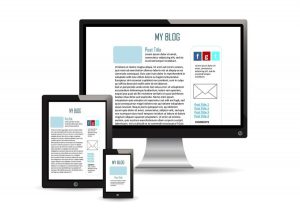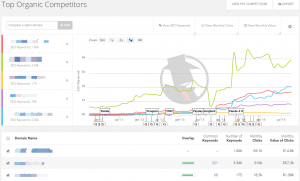— August 15, 2018
You’ve been using a professional channel incentive program platform, and perhaps it’s been adequate. But even if you’re seeing improved sales results and program participation, is your program really running as efficiently as it could be? Is it the most cost-effective solution for what you’re trying to accomplish? Though there are quite a number of channel incentive solution providers out there, certain elements of their products, services, or contracts can make the difference on the overall success and ROI of your program.
Here are some of the signs that you should re-evaluate the solution provider you’re using to get your channel incentive program out to your target audience.
The Platform
You can’t segment your audiences by many (or any) demographic characteristics.
The most effective channel incentive programs vary the promotions for different audiences, depending on certain characteristics. Administrators of your program should be able to segment your user base by any number of criteria, including name, store, region, geography, and more. This ensures that only those people who should qualify for the promotion in question are able to see it within the platform.
The platform is limited when it comes to types of promotions that can be run.

In our experience, there are two major types of promotions: loyalty-focused and SPIFFs. Many channel incentive solution providers out there can offer you one or the other, or try to separate the two. A robust channel incentive program platform should allow you to seamlessly focus on both at the same time—reward now, and promote long-term loyalty.
Reporting and analytics don’t provide a full picture of your promotions.
Any channel incentive solution provider worth its salt provides reports out of the box. The key differentiator here is how many of these reports are available and accessible to you in real time. The default reports should also allow you to filter based on location, distributor/dealer, product SKU, job title, and more without having to go through the process of contacting your account manager to have developers build and deliver these reports for you. This process can be extremely time-consuming—and potentially costly.
Which leads us to…
The Relationship
They nickel-and-dime you.
Need a new promotion? Want to run a custom report? Looking to change out some marketing materials on the site? All of those can cost hundreds or even thousands of dollars in addition to your standard subscription fees, reducing the potential for positive ROI. If you’re shelling out one, two, or three times more money per month than was initially in the contract (after all, they had to get you to sign it in the first place, right?) your solution provider might be taking you for a ride.
Administering the program requires a lot of back and forth.
Some channel incentive solution providers have many of the tools that your administrators need to make the program succeed—but you have to go through the provider in order to make things happen. From assigning budgets for different managers, to posting sales enablement tools or training content, to simple user management, having to go through your provider ensures a delay in whatever basic settings you wish to change. Your channel incentive solution provider should allow you at least some basic self-serve administrative features.
You don’t get the guidance or support you need.
A channel incentive solution provider should provide account management that is thorough, precise, and tailored to your particular business needs. The relationship between provider and client should be more of a partnership, with both parties working together to develop the strategic plan that will deliver the best possible results for your program. Your account manager should, as well, deliver to you thought leadership and best practices that will keep you informed about ways to deliver a more cost-effective program. If you’re hearing from your account manager once a quarter or less, it may mean that the solution provider is not truly focusing on making your program a success, which could be detrimental in the long run.
Business & Finance Articles on Business 2 Community
(86)
Report Post



